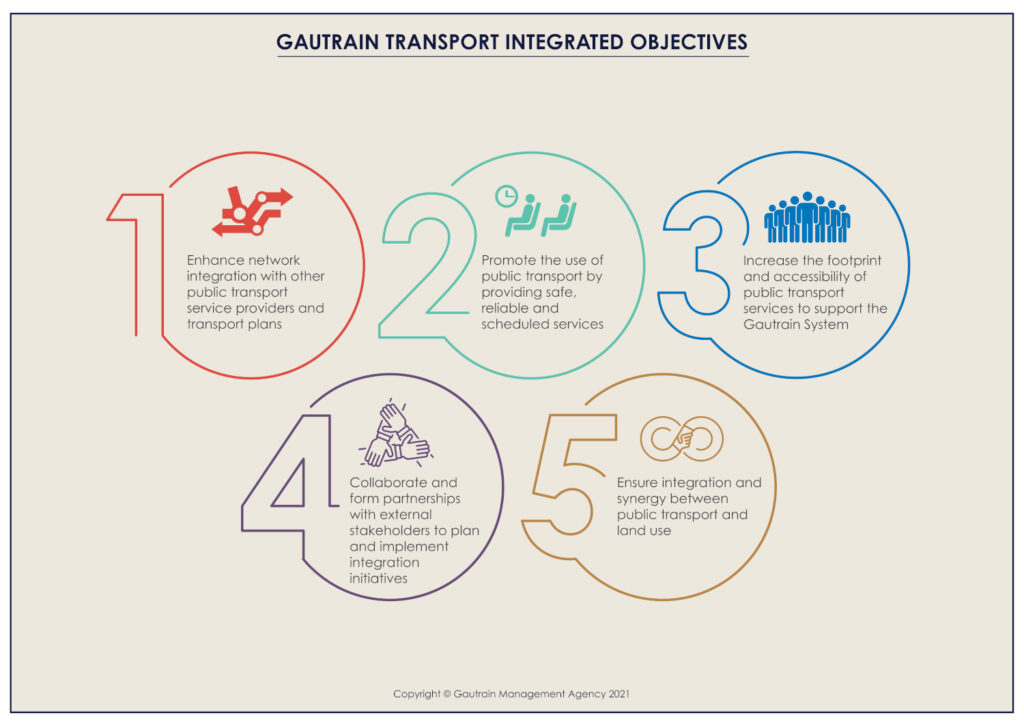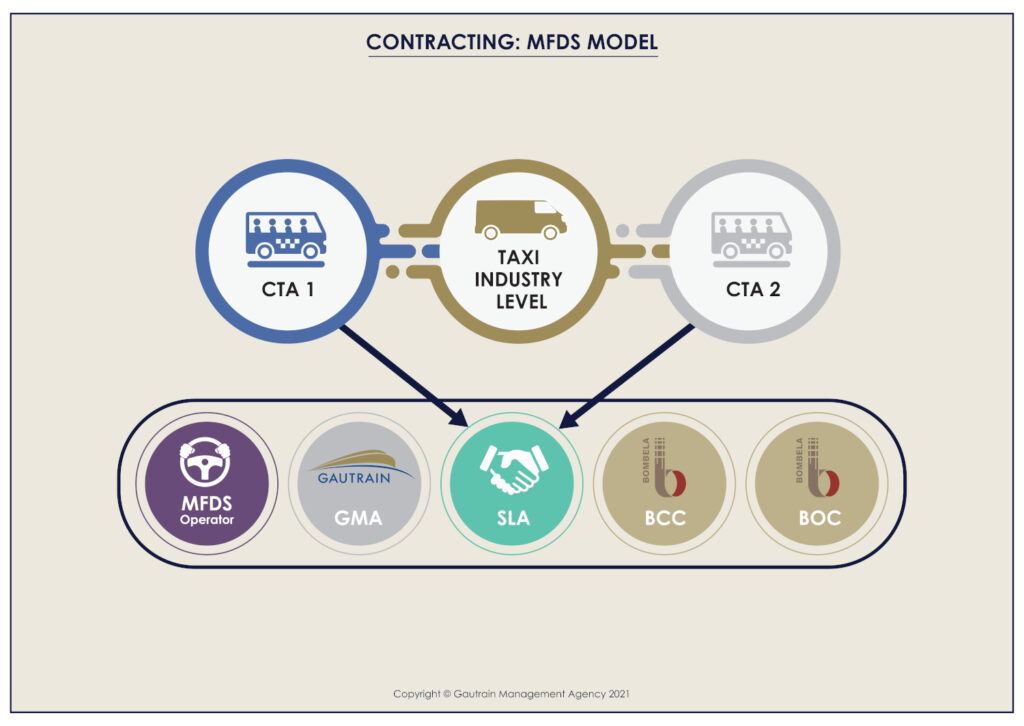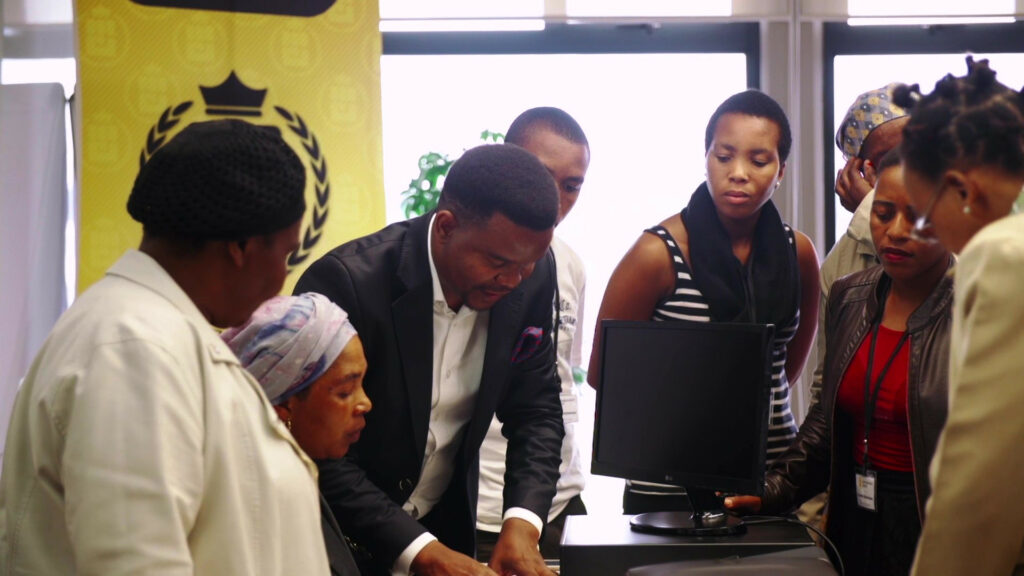Creating shared value is a more sustainable version of capitalism, which will drive the next wave of innovation and productivity in the global economy. (Photo: Shutterstock)
Creating shared value: What exactly is it?
As a buzzword, creating shared value (CSV) is relatively new to the business world. As an alternative to the harsh realities of exclusionary capitalism, it comes as a breath of fresh air.
CSV goes beyond the premise of balancing the triple bottom line of financial, social and environmental wins as formulated by sustainable development principles. It also extends past the strategic social recompense afforded by corporate social responsibility and investment.
In its purest form and as a business strategy, shared value is more closely aligned with the United Nations’ Sustainable Development Goals (SDGs) as well as the so-called circular economic model. Business as usual, whereby profit goes into a handful of pockets to the exclusion of so many other contributors to the creation of it, is no longer good enough. In the 2020s, the stakes are simply too high.
The Harvard Business School’s Institute for Strategy and Competitiveness (ISC) describes creating shared value as: “A framework for creating economic value while simultaneously addressing societal needs and challenges. When businesses act as businesses — not as charitable donors — they can improve profitability while also improving environmental performance, public health and nutrition, affordable housing and financial security, and other key measures of societal wellbeing. Only business can create economic prosperity by meeting needs and making a profit, creating infinitely scalable and self-sustaining solutions.”
The ISC predicts that the concept will drive the next wave of innovation and productivity in the global economy.
The Shared Value Africa Initiative says CSV represents a “shift in business mindsets to find new ways to do business that are more efficient, more innovative, reach more markets, and make companies more sustainable over the long term — while also being less harmful to the environment, less onerous for employees, less neglectful of the value chain and less exclusionary”.
It’s a more balanced, ethical incarnation of capitalism, if you will.
CSV is more than philanthropy. In addition to turning a profit, business has to get involved with other players such as government, non-profit agencies and NGOs to benefit communities, employees, the environment and all that goes with it. It also needs to align with the aspirations presented in the SDGs.
A good example, with positive results, is companies that invest in wellness programmes for their employees. This all started in Silicon Valley in the US, when Google and other tech companies created spaces and facilities where employees could feel at home, relax and even exercise. The result? A workforce that is happier and healthier: in other words, a workforce that is likely more productive. This way of working is being adopted by more and more companies around the world.
Another example of the shared value way of doing business is clothing companies that offer recycling drop-off facilities so that old, unused items of clothes can be upcycled for reuse.
The various levels of Covid-19 lockdowns have brought their own new challenges and solutions. One way in which the pandemic has radically changed the way we do business is that we have learned to work remotely and meet in cyberspace. When lockdown forced people to stay at home, Zoom made its remote communication technology available free of charge, thereby passing on value to ordinary folk working from home. This disrupted the need for meeting physically and solved potential communication challenges and bottlenecks at the same time. Life as we knew it before 2020 will never be the same again. — Linda Cilliers
Creating shared value: One organisation’s impact on the ground
Durban-based company, the Empowerment Group, develops technology and provides support to SMMEs in the funeral sector. By providing an online platform to support SMME businesses in the sector, it creates shared value in communities throughout South Africa.
This empowerment platform plays an important role in linking key development stakeholders such as government, the private sector, development agencies and the NGO sector. The goal is to boost emerging, independently owned businesses so they remain independent but are part of a bigger story.
The group helps business owners with tools to increase their chances of success and help them grow:
A business plan based on a proven business model
Access to tools and products to grow revenue
Business systems to streamline business processes and position them for growth
Ongoing support and mentorship programmes.
In their start-up kit, funeral businesses receive a business pack consisting of a computer, a TV screen and an internet connection. They also receive business support services and mentorship for a year, after which they will be compliant and sustainable. — Linda Cilliers
Case study: Formalising the funeral sector
The objective is to transform the funeral sector into a commercially sustainable and viable entity.
The group’s goal is to give South African SMME funeral businesses access to affordable, reputable business development products and services. This enables the business to become compliant with the various pieces of legislation that govern the sector, including tax compliance and being registered as financial service providers (FSPs). The long-term vision is compliance, sustainability and growth.
The sector is large, with many informal funeral businesses operating in cities, towns and rural areas. Most (90%) of the 10 000 to 15 000 businesses are black-owned and a whopping 70% are still informal.
Many funeral businesses are willing to formalise but are hampered by a lack of funds to pay for support such as business consulting services, training, and hardware and software, among others. And without structured systems and support, it is almost impossible for informal businesses to secure loans. Most lending institutions do not have specialised knowledge of the funeral sector and are reluctant to lend money to businesses operating in the space.
The Empowerment Group works with strategic partners that understand and specialise in the funeral sector to take emerging SMMEs through the costly and complicated process of becoming commercially sustainable.
For more information, visit
www.empowermentgroup.co.za
The Gautrain, Midibus shared value story
The Gautrain Management Agency (GMA) is responsible for the management and overseeing of the Gautrain Project. The Gautrain system connects three metropolitan areas and the economic nodes of the Gauteng Province. In addition, the GMA’s powers and functions have been expanded to encompass other related projects and assist other organs of state to realise the integration and co-ordination of public transport within the Global City Region.

The Agency endeavours to live its purpose: to transform spaces, people and the economy through mobility. Part of the transformation is about enhancing the integration of the Gautrain System with other public transport services within the Gauteng province. An integrated public transport network promotes the use of public transport and supports the economic activities of commuters and the community at large.
In pursuit of this vision, the GMA embarked on an initiative in 2011 to provide a safe, reliable and scheduled Midibus Feeder and Distribution Service (MFDS) from Marlboro Station to Linbro Business Park in partnership with the minibus taxi industry, specifically Alexandra Transport Solutions (Pty) Ltd. An innovative contracting model was formed with the taxi associations operating in the Linbro Park area. Since 2011, more midibus routes have been introduced and are operating at Gautrain Sandton, Marlboro, Centurion and Hatfield stations.
The Midibus Service is founded on the following principles:
Strategic Partnerships: Formalising partnerships with the participating taxi operators and structuring the entity into sustainable businesses.
Reliable Public Transport Service: Provision of a scheduled, safe and reliable public transport service by all partners, thus improving the public transport brand perception.
Job Creation: Creation of sustainable jobs and alleviation of poverty through integration partnerships.

The MFDS initiative aims to provide a scheduled, safe and reliable public transport service that promotes confidence in public transport and encourages commuters to switch from private vehicles to public transport. The programme also provides access to public transport in communities where bus operations are not suitable. The communities where Gautrain midibuses also operate benefit in the following ways:
Economic empowerment for the taxi industry.
Improved employment opportunities.
An integrated transport network.
A safe public transport system.
Less congestion on the roads.
Reduced carbon emissions.
Reduced stress levels.
Improved health.
Job Creation
The midibus as a shared value project has lived up to its principles and delivered on its social and environmental fundamentals, which are measurable. The project has transformed people’s lives and the economy by creating jobs. The MFDS partnership model has provided an opportunity for the taxi industry to provide world-class public transport services. It has also afforded the industry a platform to establish and develop sustainable businesses to improve public transport’s operational efficiency and manage revenues and operating costs.
The taxi industry now participates formally in the provincial economy and engages key commercial stakeholders to support the transport industry. The image of public transport has improved. The design of public transport facilities complies with universal access standards, which accommodate disabled people. The GMA is engaging commercial vehicle suppliers to design a vehicle that will improve disability access.
Environmental Sustainability
The Gautrain midibus taxi association model alleviates the “first and last mile challenge” and encourages more commuters to use public transport instead of private vehicles. The GMA has observed an increase in the number of commuters using the Gautrain midibuses. Currently, more than 40 000 people make use of the midibuses monthly at various stations. This has contributed to the reduction of carbon emissions and congestion on provincial roads caused by private vehicles. The mechanical condition of midibuses used for midibus operations prevents unnecessary oil spillages that could damage the environment. This is achieved through scheduled preventative maintenance of the MFDS fleet, which forms part of the performance measures embedded in the Service Level Agreement.
Economic Impact
During the planning phase, the GMA ensured that the proposed services were financially viable. This was measured using the Financial Cost Model (FCM), which incorporates operational, labour, revenue and monthly profits. The FCM analysis ensured that operational efficiencies were achieved and the services were financially sustainable to benefit the operators. The FCM is reviewed annually based on operational or economic conditions. The FCM has been designed to ensure that MFDS staff members are remunerated above the minimum wage of the taxi industry and that these remuneration rates are reviewed annually.
The Gautrain midibus service has also had positive results to the brand and GMA business in the following ways:
It allowed for expansion of service to serve areas that could not historically be operated by large vehicles, and so expanded coverage of the primary system.
It operates in parallel to other services, each providing a defined market segment’s needs.
The model has been used as the public transport integration model benchmark by setting an example that can be followed for other areas/destinations or by other institutions such as employer societies, ratepayers associations and industrial or commercial estates.

It has increased the GMA brand awareness and value.
It has allowed for integration in the business.
It contributes to the sustainability of the GMA as a company.
This partnership between the GMA and the taxi association has revolutionised how Gautrain Feeders and Distribution Services will be rolled out in the future. The model has become popular, with metropolitan authorities exploring how they can replicate it. The partnership has also unlocked the potential of the minibus taxi industry to operate scheduled, safe and reliable public transport services, as the sector is regarded as an informal, unsafe and unregulated, public transport system.
Future plans
As part of enhancing the midibus commuter experience. The implementation of an electronic payment pilot test on the midibuses is currently underway. The success of this pilot will enable Gautrain midibuses to move from using a manual ticketing system to an electronic payment system that allows train, bus and midibus passengers to use one seamless payment system. The electronic payment system will also enable passengers to use their own Europay, Master and Visa bank cards to board the midibuses.
SOCIAL MEDIA HANDLES
LinkedIn: https://www.linkedin.com/company/gautrain
Twitter: https://twitter.com/thegautrain
Instagram: https://www.instagram.com/thegautrain/
Facebook: https://www.facebook.com/gautrain
A closer look at the CSV way
Creating shared value (CSV) goes beyond the philanthropic notion of corporate social responsibility and investment (CSR/CSI). But what exactly are the differences and does the CSV approach hold any substantial advantages for the economy? We spoke to an expert active in the field of developing shared value channels.
Q. What is the difference between CSV and CSI/CSR?
 Organisations can gain rich insights by collaborating with and listening to their employees. (Photo: Empowerment Group)
Organisations can gain rich insights by collaborating with and listening to their employees. (Photo: Empowerment Group)
A. Shared value is a strategy and way of working within an organisation that benefits its environment through its practices, whereas CSR is once-off or ongoing direct investments or activities that have a positive impact on communities. Creating shared value in and of itself is a more sustainable method of creating ongoing positive impact on an environment and economy.
Q. How should businesses be transforming in 2021?
A. If organisations can focus on creating broad impact at scale, and creating greater and more affordable access to products and services, much of what is considered today as meant for only a privileged few can be democratised. This means that the gap between the “haves” and the “have- nots” can begin to shrink, even if only incrementally at first.
Q. What are the socially responsible investments that companies are making that have a positive sustainable or social impact?
A. Investing in ongoing diversity and addressing design and technology from the inside out are important focus areas in terms of recruitment practices and understanding areas and roles within the organisation. Of course, everything needs to be BBEEE compliant to ensure inclusivity. However, it would also mean relying on government not to enforce BBEEE and design and technology metrics and quotas as heavily. The work would take place autonomously in a decentralised manner within an organisation. The power of diversity can directly influence the bottom line if a workforce mirrors its target audience. So, it makes business sense to focus on increasing transformation within the organisation.
Taking it to the town hall
Business policies and operating practices can enhance the competitiveness of a company, while simultaneously promoting economic and social conditions within its communities.
Implementing ongoing so-called “town hall” sessions is a great way to cast the beneficiary net wider. Such sessions involve an entire organisation’s participation and allow for innovative ideas and ways of doing business to be shared and potentially adopted and implemented. This also implies that all team members get to be seen, heard and acknowledged — an important psychosocial need — with the possibility of some ideas being taken on board and implemented.
Q. How does shared value strategy align with the UN’s SDG and Agenda 2030?
A. Organisations, specifically start-ups, can align their organisational values, mission and vision to those of the SDGs. This would inform ways of working, their product or service offering, the impact they create as well as their unique value proposition to be intentionally aligned to broader world goals.
Q. How can organisations develop shared value and transformative strategies to combine the business model with social and environmental impact for the mutual benefit of communities and companies?
A. If companies are open to asking their teams key questions, they can obtain rich insights into business and societal challenges and innovative ways of addressing them. Organisations need to create rhythms and allow for two-way communication that focuses on addressing these challenges, and then partner with suitable external stakeholders to bring projects or innovations to fruition. — Linda Cilliers
Harnessing the power of the collective
Harnessing the power of the collective as opposed to a top-down “this is our CSR initiative” is more powerful in terms of addressing needs and getting team buy-in. Collaborative societies are what is needed to address the broader issues within this country and beyond. So, the skill of collaboration can be employed in organisations and then positively mirrored in society when grappling with bigger societal issues.
In the same way organisations leverage the innovative ideas of their teams for business purposes, they can harness this collective thinking to solve some of society’s bigger challenges. These can then be employed in partnership with and with the backing of other organisations, government, NGOs or NPOs.
Keep the lights burning with tailored renewable energy solutions
As a leading multinational renewable energy corporation, Enel Green Power (EGP) has taken a vested interest in what its global customers require to power their businesses into the future, which involves providing tailored solutions to ensure security of energy supply.

It cemented its presence in South Africa several years ago as Enel Green Power South Africa (EGP RSA). Recent regulatory amendments have resulted in a significant rise in customer interest in the potential of renewable energy. In this respect, EGP RSA is well positioned to provide tailor-made solutions to commercial and industrial (C&I) customers that will allow them to reduce their carbon footprints, achieve their sustainability goals and facilitate business continuity by ensuring a stable supply of energy.
The benefits of a partnership with an IPP
In a time when the power supply is somewhat erratic and load-shedding results in costly downtime, alternative energy solutions such as generators can be expensive to purchase and are environmentally damaging, owing to their use of internal combustion engines and fossil fuels.
In addition to a continuous supply of power, purchasing energy from an Independent Power Producer (IPP) through a long-term Power Purchase Agreement (PPA) is advantageous, as customers can plan their spend. With no upfront capital spend required from the C&I off-taker, PPAs provide tariff certainty and negate continuous energy cost fluctuations from the utility, as the PPA tariff indexation/increase mechanism is based on the consumer price index (CPI).
Purchasing renewable energy via a PPA also facilitates the meeting of sustainability goals. This is particularly important for those enterprises that have committed to the global corporate renewable energy pledge, and are aiming to use 100% renewable energy in the future.
Choosing the right partner to plug in with
As the government continues to amend regulations, now is the opportune time for large-scale commercial and industrial businesses to reap the rewards that come with renewable energy.
EGP’s long-standing global success is attributed not only to its engineering capabilities and innovations, but to its integrated business model, which includes solutions such as personalised financing options and consistent attention to operations and maintenance.
Furthermore, EGP RSA provides both on- and off-site generation, depending on the requirements and space availability of customers. The first involves an energy-generating solution on the customer’s site, if adequate space is available and taking into account the customer’s geographical location. Referred to as a behind-the-meter project, this method involves EGP’s solutions connecting directly to the customer’s internal system. For those customers with location or space constraints, EGP offers an offsite solution in which the company delivers power directly to the customer’s operation through the network.
Community upliftment initiatives and creating shared value for its host communities form part of EGP RSA’s core values. To achieve this, the company partners with local communities and organisations to contribute to local development initiatives, and extends the invitation to participate with several of its clients.
With global commercial and industrial PPA partnerships including the likes of global brewer Anheuser-Busch (AB InBev) and multinational confectionery company Mondelez International, EGP puts the power back in the hands of its customers, ensuring their success, now and in the future.
For more information about EGP RSA’s renewable energy solutions for the commercial and industrial sectors, visit: www.enelgreenpower.com